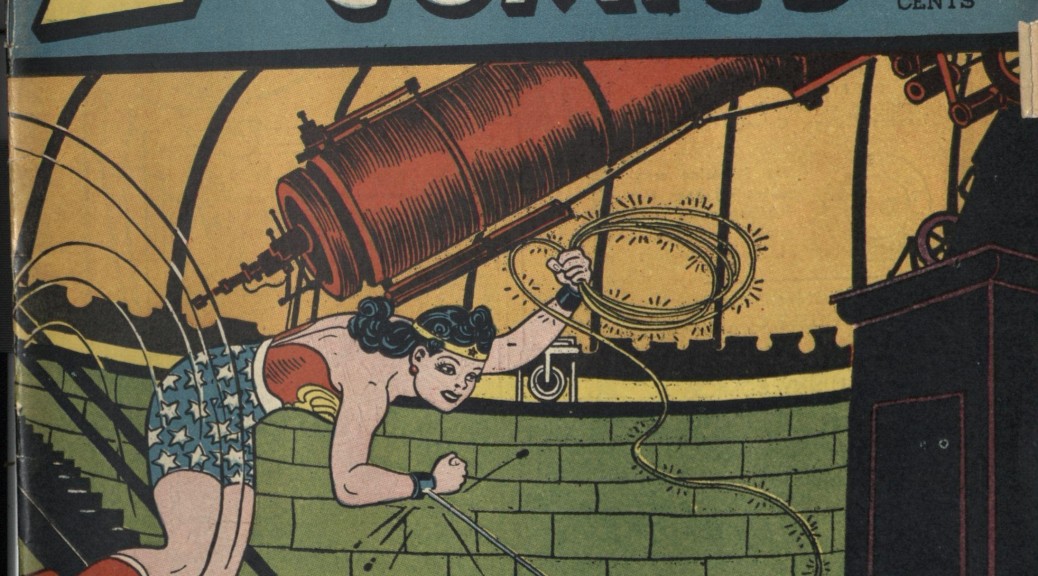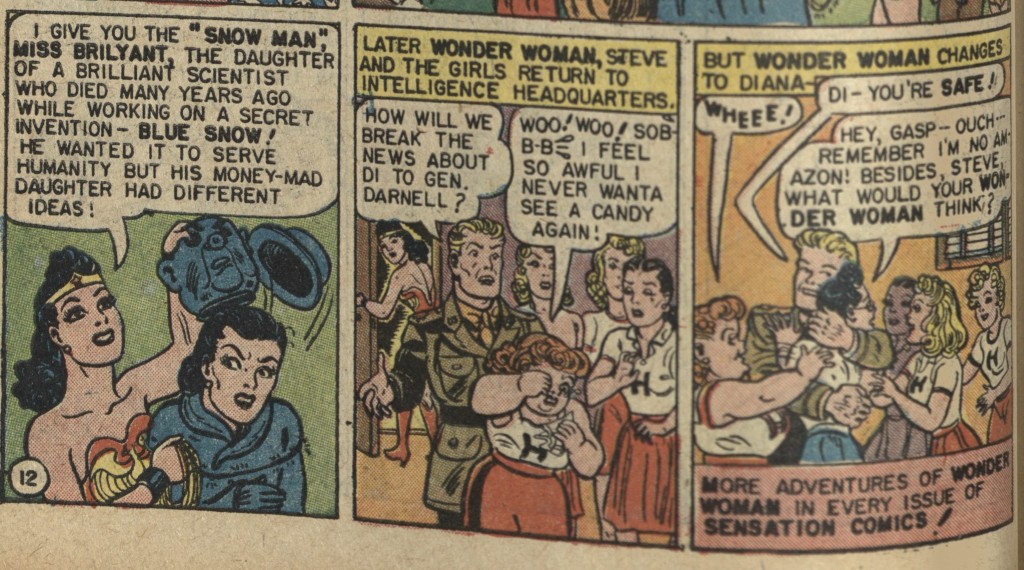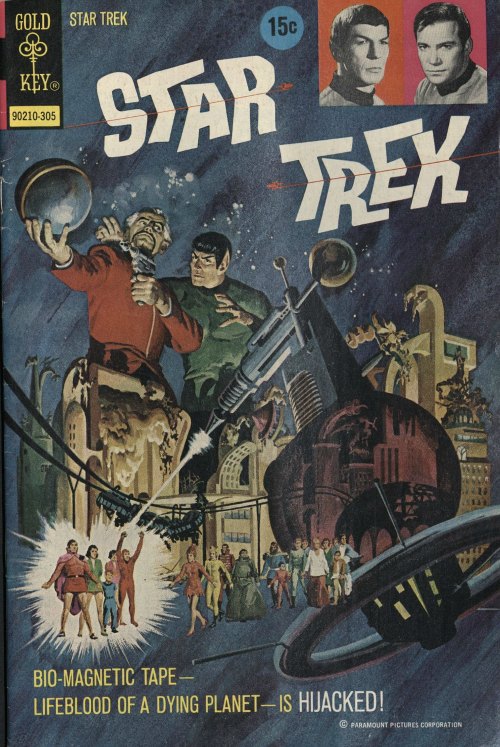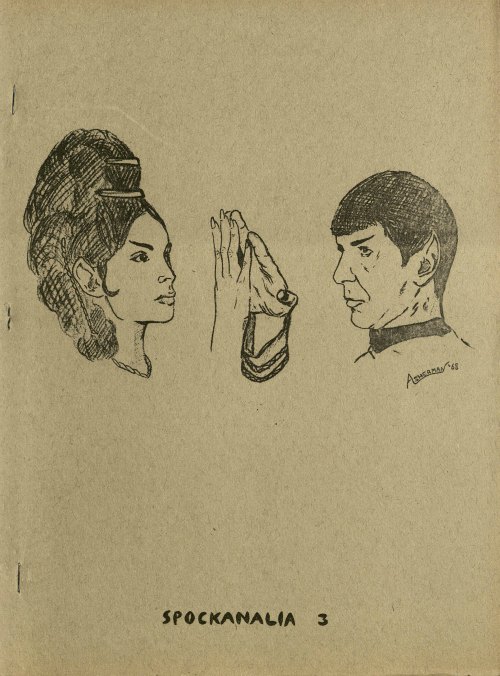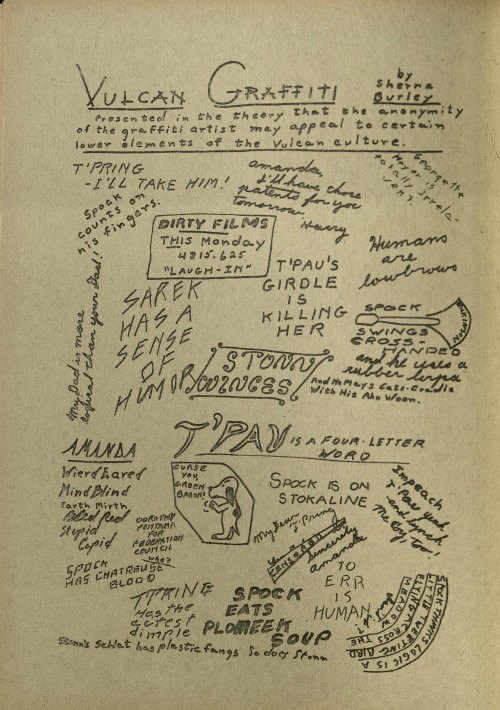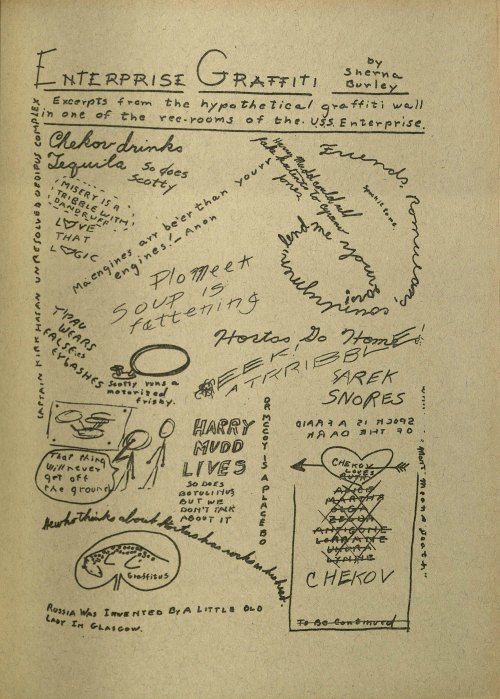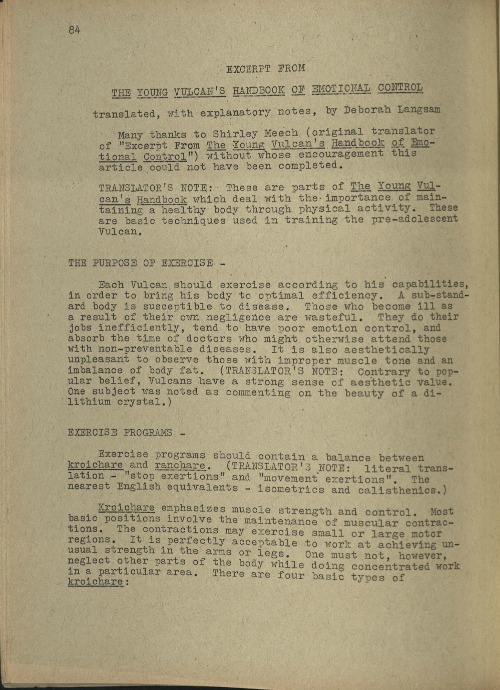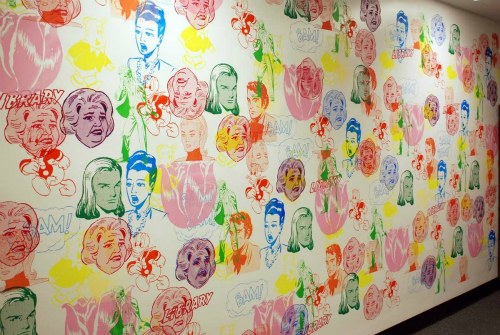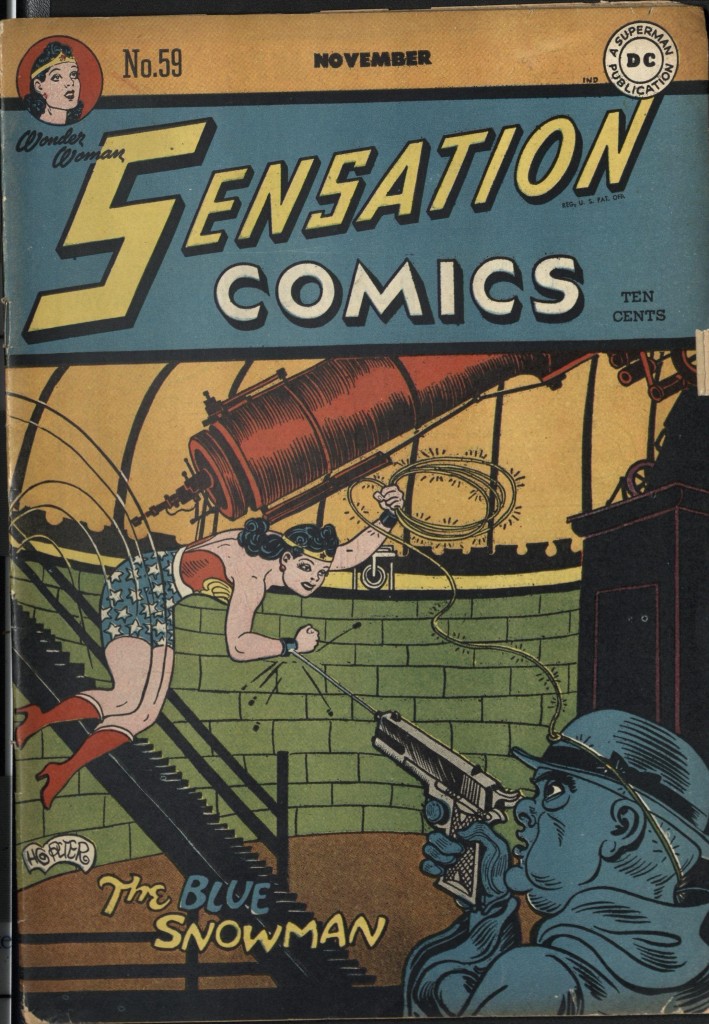 We write a lot about Wonder Woman. We write about her role(s) in nation making and myth making, her background tinged with exceptionalism and her femininity. We write about her big-screen potential, her small-screen potential, and any other mediums she might translate well to. (A serialized podcast, anyone?) What we don’t write about, or at least what we don’t write about often, are her foes—those vanquished, occasionally obliterated super villains who dared to mess with the princess of the Amazon. They are pushed to the periphery, partly hidden behind Diana Prince’s bright sun. Sometimes, however, a villain grinds his/her way back into the orbit, demanding that we take notice. The Blue Snowman is one of those villains.
We write a lot about Wonder Woman. We write about her role(s) in nation making and myth making, her background tinged with exceptionalism and her femininity. We write about her big-screen potential, her small-screen potential, and any other mediums she might translate well to. (A serialized podcast, anyone?) What we don’t write about, or at least what we don’t write about often, are her foes—those vanquished, occasionally obliterated super villains who dared to mess with the princess of the Amazon. They are pushed to the periphery, partly hidden behind Diana Prince’s bright sun. Sometimes, however, a villain grinds his/her way back into the orbit, demanding that we take notice. The Blue Snowman is one of those villains.
First appearing in Sensation Comics #59, the Blue Snowman treads a very literal path: he is blue; he is a snowman, albeit one with very bushy eyebrows; and he puffs away at a pipe while plotting mayhem in Fair Weather Valley. A special “blue snow,” a chemical concoction designed to freeze everything and anything, is his weapon of choice. Money is his passion, and blackmail his way of obtaining it. That is, it would be if Wonder Woman hadn’t received a distress call from a friend in Fair Weather Valley, begging for the “marvelous Amazon resistance (4),” Wonder Woman. A swift kick, a lasso of truth whipped into action, and some near misses later, the Blue Snowman is apprehended and all is well.
A tried and true story, perhaps a throw-away story, except for one small twist that you had to know was coming: the Blue Snowman is not really a snowman at all. Behind the snowman suit of iron is Byrna Brilyant, the daughter of a scientific genius who intended to use his blue snow invention to somehow save humanity. (The mechanics of using a blue snow-like substance for good are left up to the readers’ imaginations. I imagine non-melting ice cream is somehow involved.) This game-changer occurs in the penultimate panel of the comic, and yet, to Wonder Woman and crew, it is not actually a game changer. Byrna’s story thus ends not with a bang, not even with a whimper, but with the slightest sound of a pin dropping hundreds of miles away.
Although the reasoning can be guessed, we never learn why Byrna disguises herself as a man; why she chooses to go into crime instead of following in her father’s footsteps; or even why the Blue Snowman’s eyebrows are so bushy. Perhaps we learn her origin story in later comics, but perhaps we don’t. Like so many other super villains (and heroes, for that matter), it seems she can be found mostly in the white gutters between the comic panels. She is liminal, pushing boundaries and existing between boundaries.
She and her brethren don’t have to, though. Within the Edwin and Terry Murray Comic Book Collection, there are over four hundred boxes of comic books and counting. And within those comic books, there are thousands of characters ripe for synthesis, dissemination, and massive extrapolation. So here’s to those characters, those slightly quirky, serviceable villains who seek the limelight but somehow still fall short.
Post Contributed by Liz Adams, Research Services Library Assistant


